
|
| Accept Cookies | Customize | Refuse Cookies |
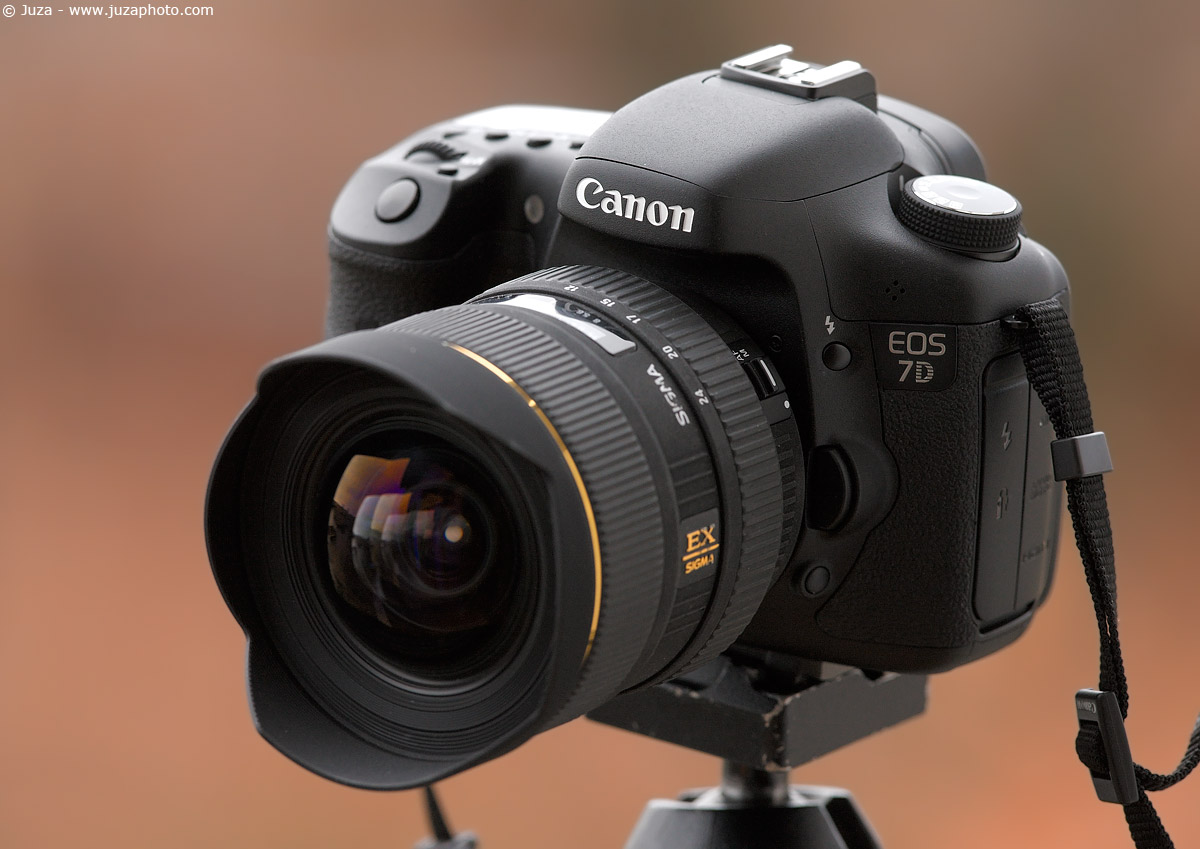
Quick specifications comparison
| � | ��Canon 7D | ��Canon 1DsIII |
| �Sensor size | ��APS-C (1.6x) | ��35mm Fullframe (1.0x) |
| �Megapixels | ��18 megapixels | ��21 megapixels |
| �ISO sensitivities | ��100 - 12800 | ��50 - 3200 |
| �ISO performance | ��usable up to ISO 3200 | ��usable up to ISO 3200 |
| �Continuous shooting | ��8 FPS x 21 RAW | ��5 FPS x 17 RAW |
| �LCD screen | ��3", 640x480 px | ��3", 320x240 px |
| �Live view | ��yes | ��yes |
| �Silent shooting (MLU replacement | ��Sì | ��No |
| �Video | ��yes, 1920x1080px at 30 FPS | ��No |
| �Dimensions | ��148 x 111 x 74 mm | ��150 x 160 x 80mm |
| �Battery charge in % | ��yes | ��yes |
| �Weight | ��0.85 kg | ��1.4 kg |
| �Price | ��1400 € | ��7000 € |
| �Announced | ��2009 | ��2007� |
Canon 7D and 1DsIII, Fullframe vs APS-C
Even though the 1DsIII is a great camera, there are various things I don't like. It is bulky and heavy, I wish it had not the built-in battery grip. It is not super fast, and its sensor is no longer the best on the market. When I bought the 1DsIII, there was nothing that offered a similar sensor: it was the best both for landscapes and wildlife. But now, let's compare the 1DsIII and the 7D sensors...Why the Canon 7D? alternatives from Canon and Nikon
Two possible Canon alternatives are the 50D and the 1D MarkIV. The 7D is better in every respect than the 50D, so if you don't have limits of budget, I'd have no hesitation to prefer the 7D to the 50D. The 5D2 was not an option for me since I already have the 1DsIII; if you don't have other cameras, instead, I'd suggest to evaluate carefully the 5D...if you do a lot of wildlife, or you want a great "all around" cameras, I recommend the 7D, but if you are specialized in landscapes I'd go for the 5D2.Advantages of the 7D in comparison with my 1DsIII and other cameras
Continuos shooting: the 7D can shoot at 8 FPS for 21 RAW frames (24-25 RAW with a very fast CF card), while the 1DsIII shoots at 5 FPS for 17 RAWs. For landscapes or macro it does not matter, but for wildlife the higher speed of the 7D is an advantage. Other than that, the 7D is able to use faster cards, so it takes less time to empty the buffer.Image quality: Noise and ISO
When the 7D has been announced, I was doubtful about its image quality at high ISO...18 megapixels on APS-C are really a lot! Surprisingly, the 7D is relatively good in this aspect. It is not as good as the 1DsIII, but the difference is small - I'd say about 0.5 stop - and it is a bit better than the 500D and 50D. Of course there are some cameras that are miles ahead - the Nikon D3s is at least 3-4 stops better than 1DsIII and 7D, but in its price class the 7D is one of the best. In this test, I have compared 1DsIII, 7D and 500D from ISO 100 to 12800. The images are 100% crops from the unprocessed RAW file. The photos of the 7D and 500D have been upsampled to 21 megapixels; the photos of the 1DsIII at ISO 6400 and 12800 had been created from RAW files at ISO 3200 underexposed by 1 and 2 stops.| � | ��Canon 1Ds III | ��Canon 7D | ��Canon 500D |
| �ISO 100 | � �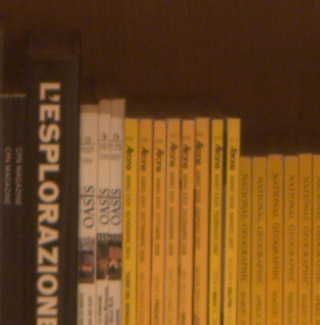 | � �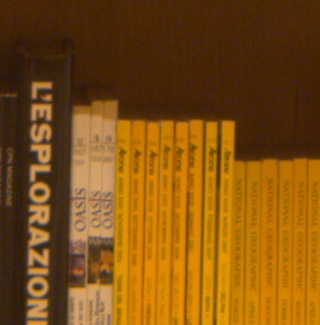 | � �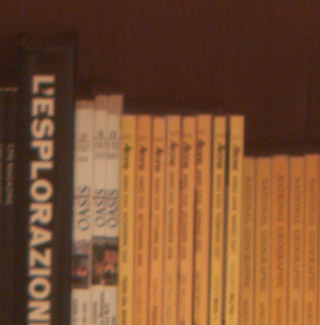 |
| �ISO 200 | � �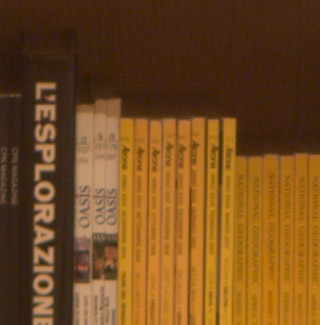 | � �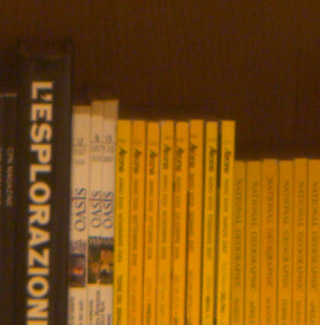 | � �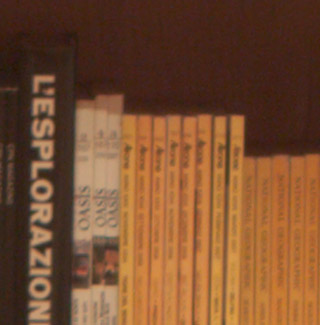 |
| �ISO 400 | � �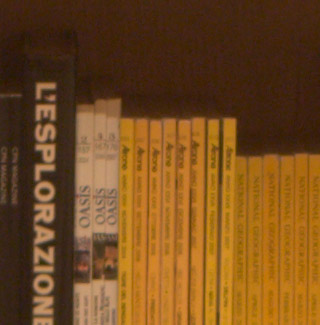 | � �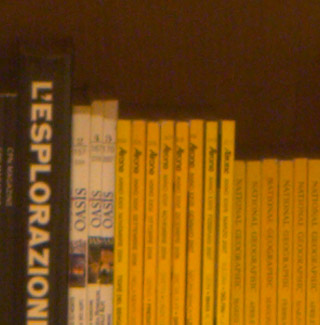 | � �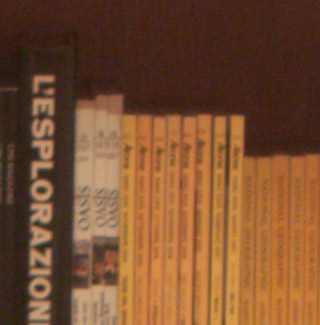 |
| �ISO 800 | � �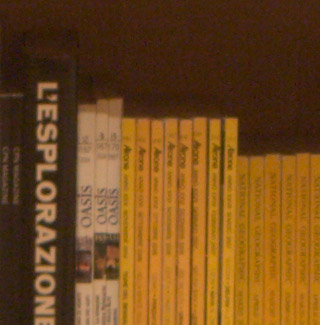 | � �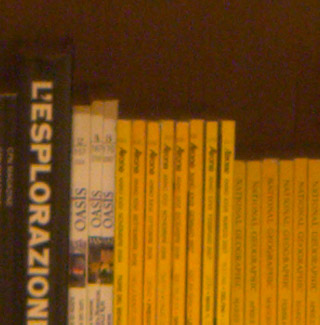 | � �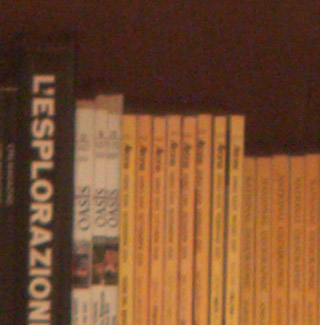 |
| �ISO 1600 | � �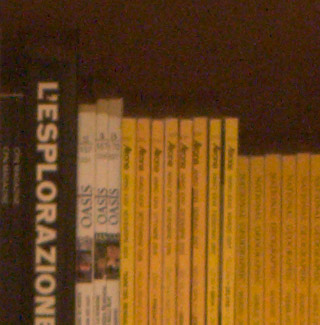 | � �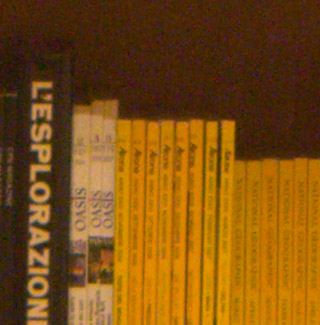 | � �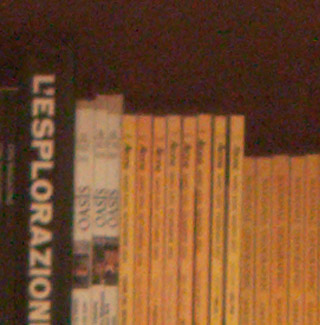 |
| �ISO 3200 | � �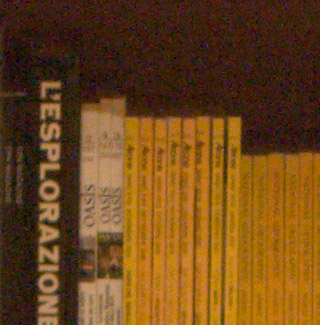 | � �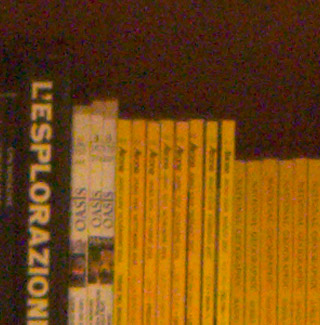 | � �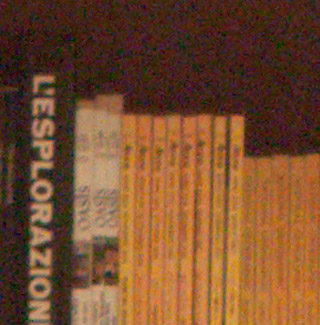 |
| �ISO 6400 | � �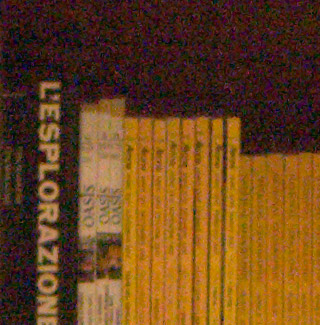 | � �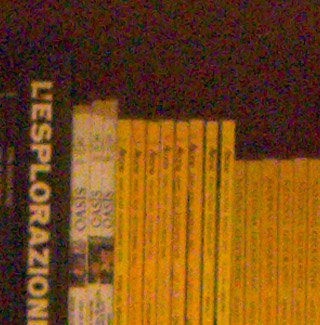 | � �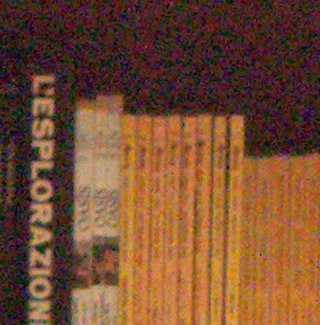 |
| �ISO 12800 | � �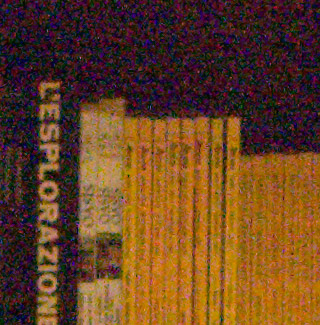 | � �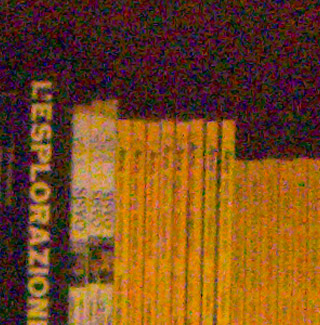 | � �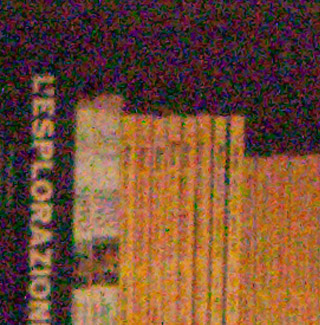 | �
Image quality: Resolution and detail
In terms of detail, the results are quite obvious. The 7D is slightly better than the 500D (and other 15 or 12 megapixel cameras), but it captures less detail than the 1DsIII, even though the difference is small. These are 100% crop from the RAW files; the images of the 7D and 500D have been upsampled to 21 megapixels.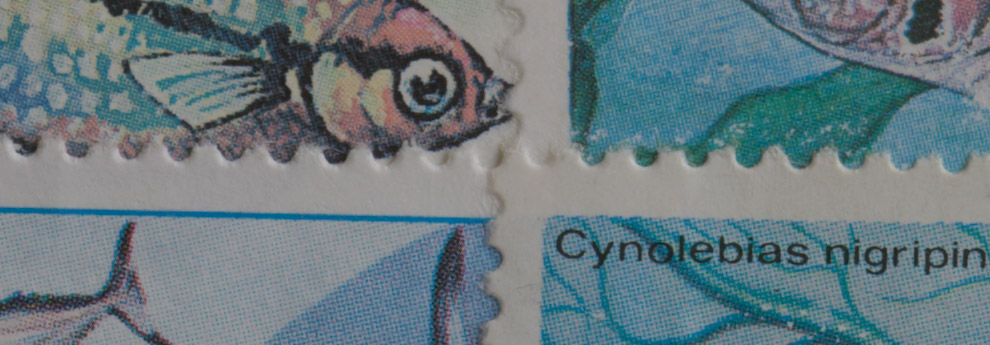
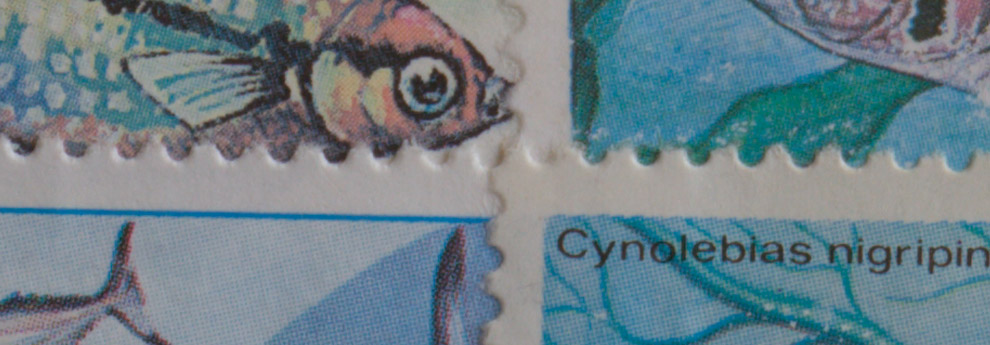
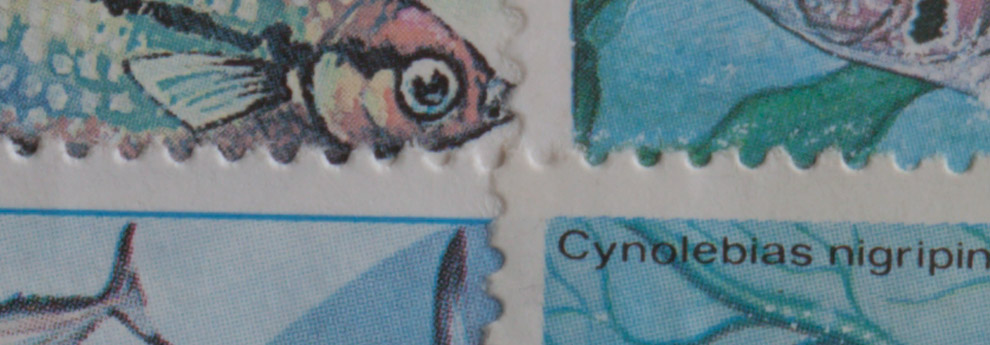
Image quality: Dynamic range
The dynamic range is about the same. The 7D seems to capture slightly more detail into highlights (even though it shows a slight magenta cast), while the 1DsIII captures a bit more detail in the shadows - but the differences are so small that in practice you won't see any real difference.| � | ��Canon 7D | ��Canon 1Ds III |
| �full scene | � �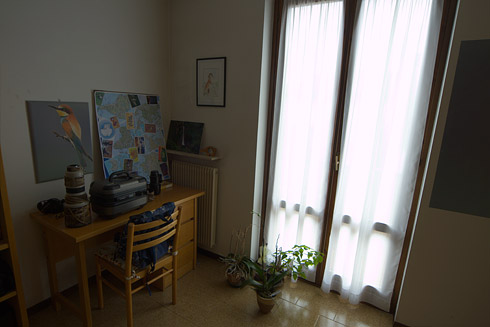 | � � |
| �detail: lights | � �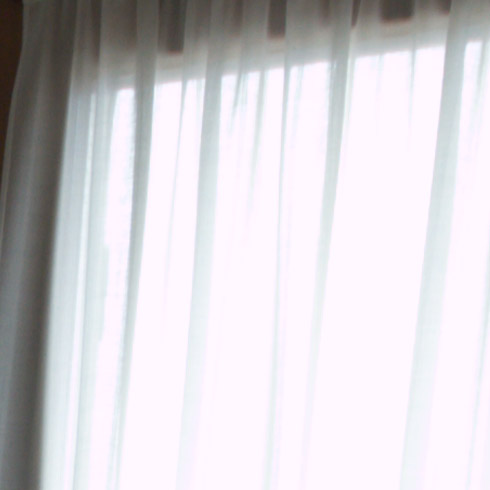 | � �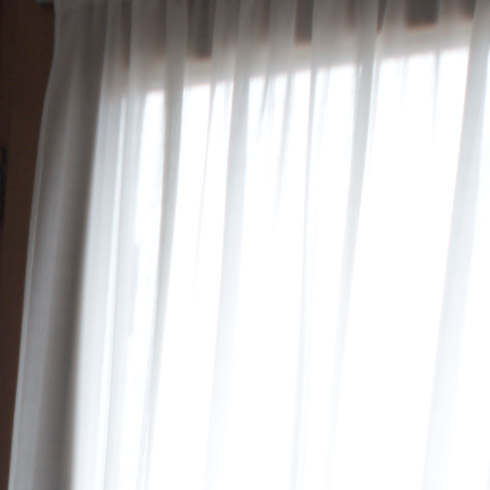 |
| �detail: shadows | � �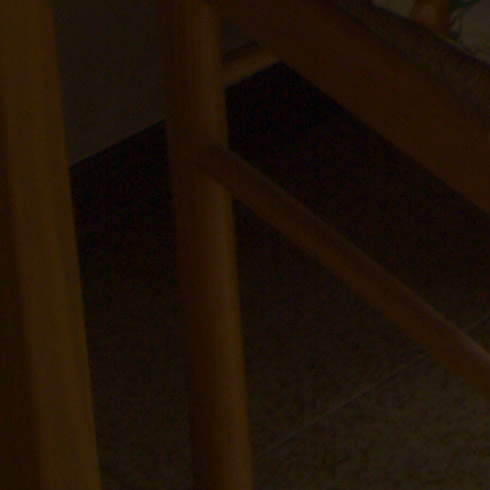 | � �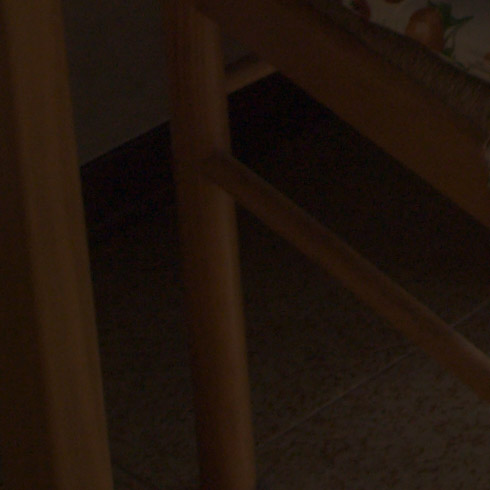 | �
Image quality: FF and APS-C, comparison with the 1DsIII
At the beginning of this article I wrote "when you would have used the 2x TC with the 1DsIII, you can use the 1.4x with the 7D; when you would have used the 1.4x now you can use no TC at all, with benefits for image quality." Here is the test!| � | ��Canon 7D with 300 f/2.8 (1/40 f/2.8 ISO 400) | ��Canon 1Ds3 with 300 f/2.8 + 1.4x (1/40 f/4 ISO 800) |
| �full scene | � �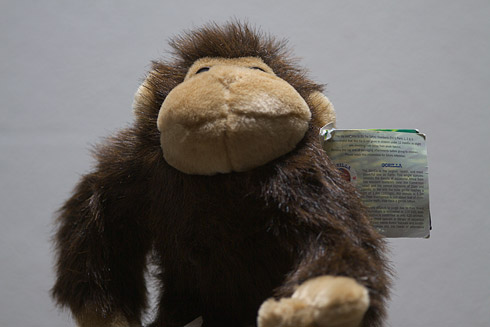 | � �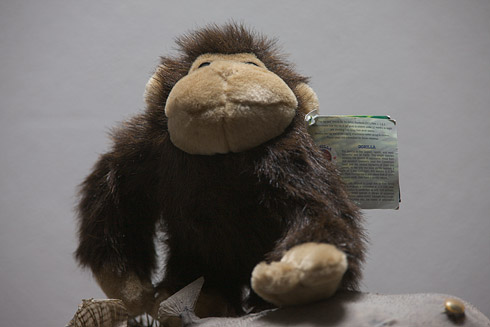 |
| �100% crop | � �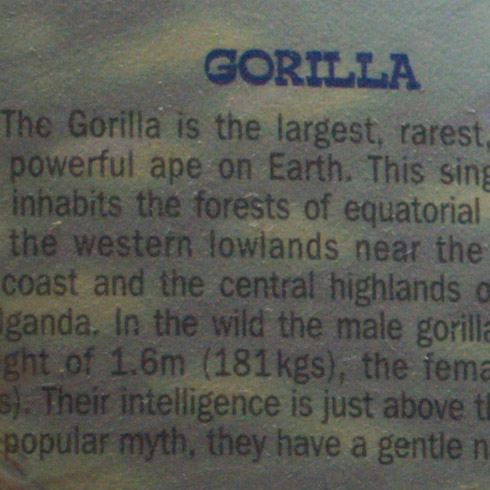 | � �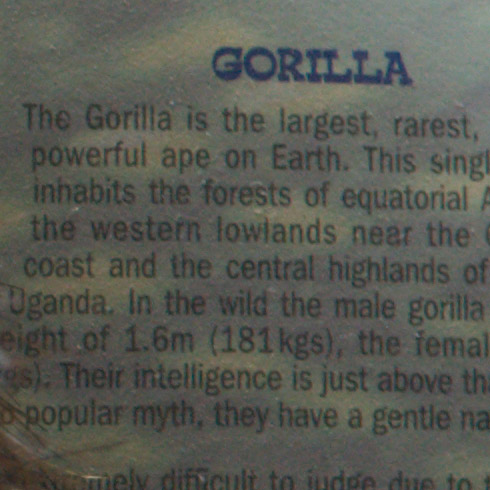 | �
| � | ��Canon 7D with 300 f/2.8 + 1.4x (1/20 f/4 ISO 400) | ��Canon 1Ds3 with 300 f/2.8 + 2.0x (1/20 f/5.6 ISO 800) |
| �full scene | � �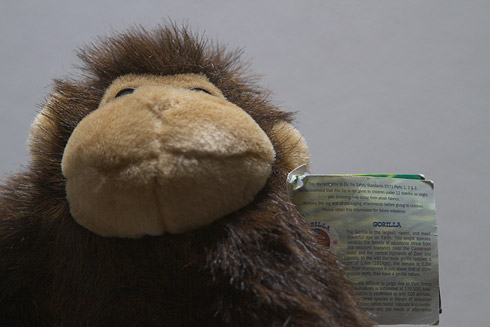 | � �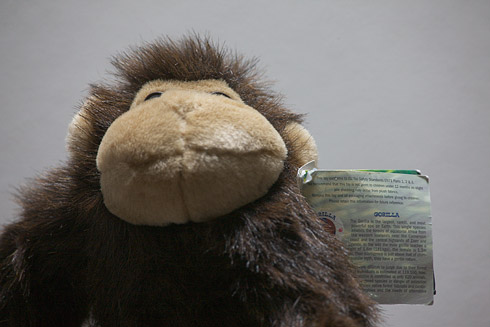 |
| �100% crop | � �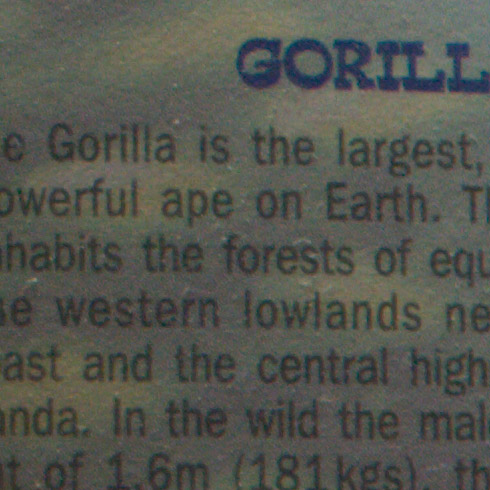 | � �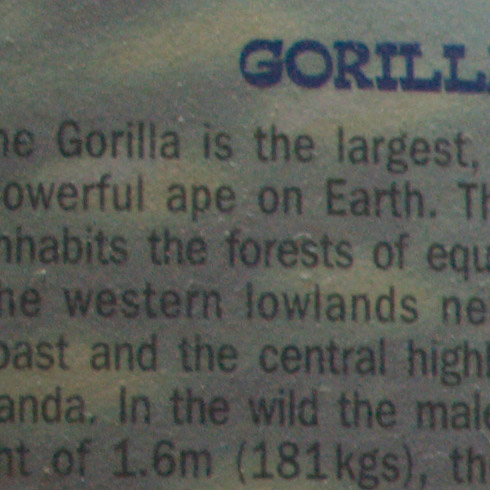 | �
Do you still need the 2x TC?
Considering the very high pixel density of the 7D, I thought that the 2x would have not been necessary: I was wrong. Even on the 7D, the 2x TC is still able to extract a little more detail than the 1.4x, at least on high quality lenses.| � | ��Canon 7D with 300 f/2.8 + 1.4x a f/4 (interpolata) | ��Canon 7D with 300 f/2.8 + 2.0x a f/5.6 |
| �100% crop | � �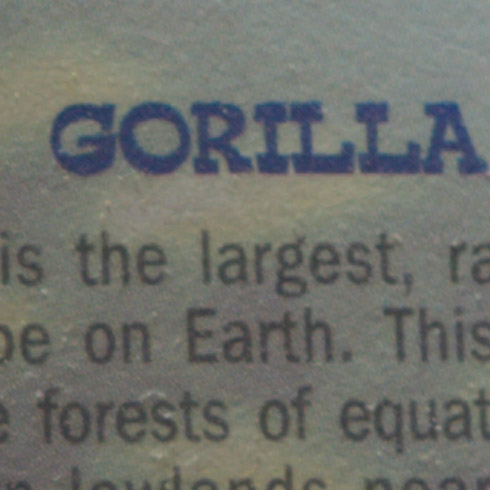 | � �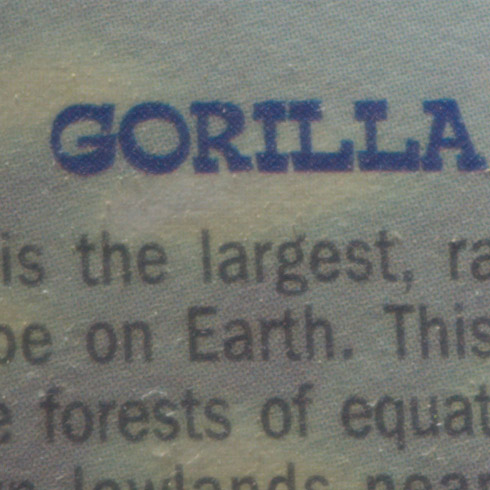 | �
Image quality: Video
I have compared the 7D video with the cheaper 500D. In future, I'm going to compare the 7D also with 5D2. In terms of features, the 7D is way better: it has much higher resolution - 1920x1080 at 30FPS vs 1280x720 at 30FPS (I don't consider usable the full HD 20 FPS mode of the 500D); you can select aperture, shutter speed and ISO; you can choose the frame rate between many options...but what about image quality? These are two stills from videos taken with the two cameras. Note that these images are resized at 1000 px; click on the image to view it at full resolution!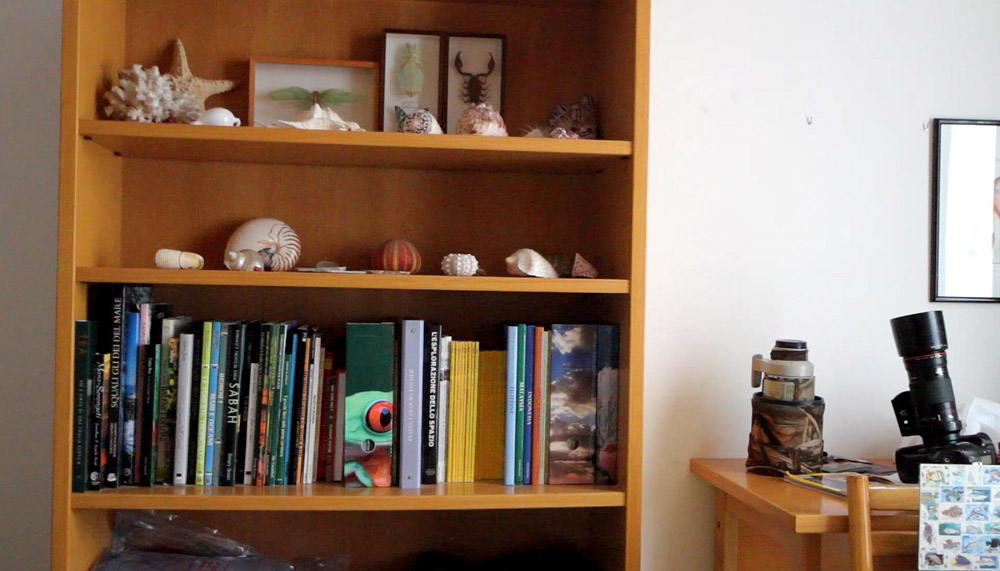
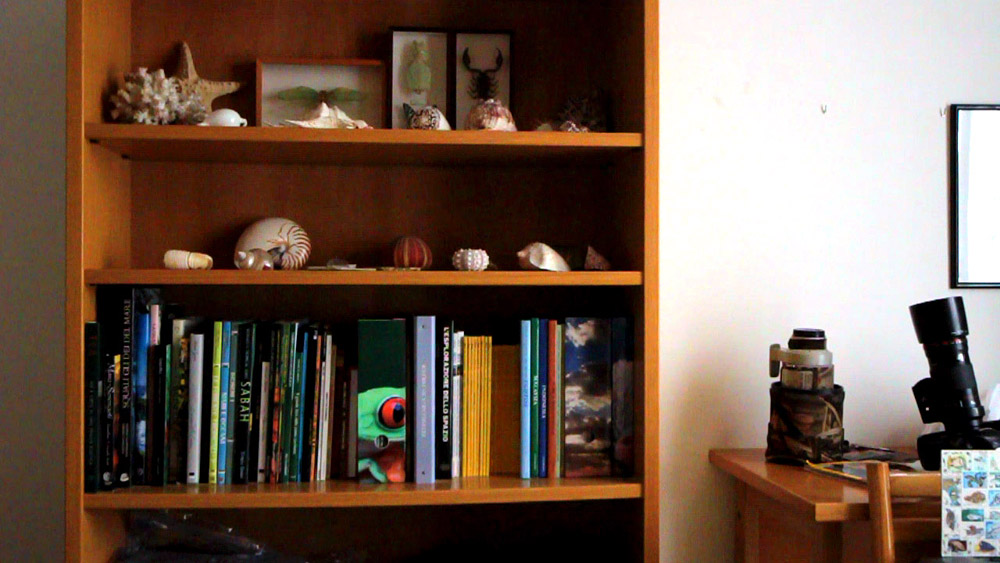
Conclusion
Overall, the Canon 7D is an impressive camera for its price. It is better than any previous xxD camera (40D, 50D), and in many aspects it is better than more expensive cameras as the 5DII and 1DsIII (even though for some kinds of photography, as landscapes, I still prefer the FF cameras). It combines good image quality with great speed, fantastic video, and a lot of useful features. Very recommended! :-) JuzaPhoto contains affiliate links from Amazon and Ebay and JuzaPhoto earn a commission in case of purchase through affiliate links.
JuzaPhoto contains affiliate links from Amazon and Ebay and JuzaPhoto earn a commission in case of purchase through affiliate links.May Beauty Be Everywhere Around Me